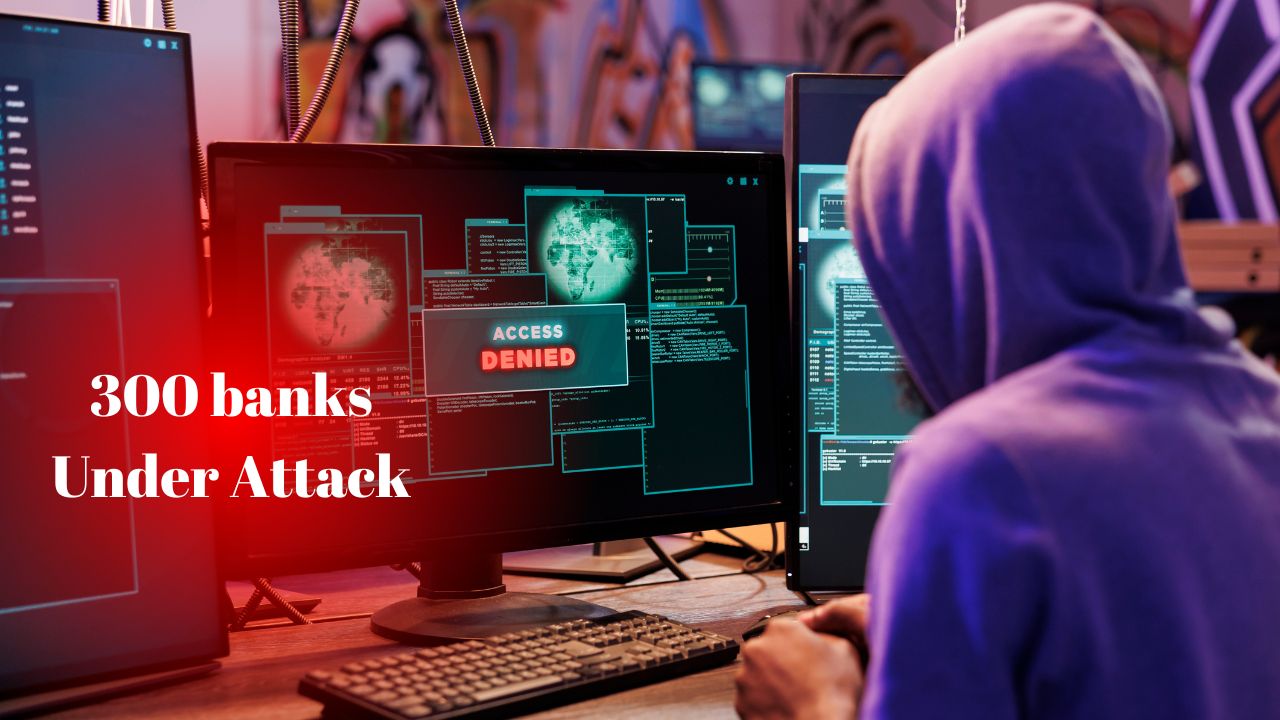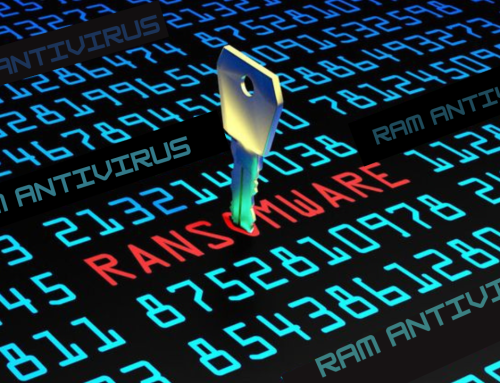What is Ransomware? Nearly 300 Indian Banks Under Attack of Malware Cyberattack
In what may prove to be a big blow to the financial sector, because almost 300 Indian banks have been paralyzed by a recent ransomware attack, underlining the severe risks posed by such a cyber threat. The incident impacts not only banking operations. but also raises some of the very critical questions related to cybersecurity. And toughness within the financial industry. So this paper tries to go in-depth as to what ransomware is. how it works? and what are the implications of the recent cyber attack on Indian banks?
All About Ransomware
Ransomware is a type of malware and ransomware that threatens to publish data. A computer system locks the user’s access to it. and it holds the kind of extortion algorithm. because the victim refuses to pay the demand payment. And publishes the information of the victim. because ransomware really targets data found within individual users or small to mid-sized companies. More typically, it will carry out some kind of encryption. File lock to obstruct access to the data on the computer it just entered. and it demands some kind of payment. which is usually in the form of cryptocurrency because it will not detected by any government. For a decrypting key or restoration of access.
Ransom Demand: This is the most understood area. After the whole encryption process is completed, the decrypts and displays a message to the victim. then Describe the ransom amount and payment process. This usually contains threats to destroy data or keep the victim from accessing the data.
Spreading Mechanisms:
Some types of ransomware have the ability to self-propagate across a network. And Infecting other associated systems that connect it. so spreading the impact of the attack.
Shocking news:
There was an attack on nearly 300 Indian banks with ransomware. It has completely disrupted banking operations throughout the country. This attack clearly startled the financial sector and necessitated credible cybersecurity measures.
Attack Details:
Scope and Impact: It disabled the system of many banks and brought about outages in essential services not only online banking but also ATMs and internal banking operations. because their associated customers have had difficulty utilizing their accounts, and other transactions have been slow or stopped.
Methodology:
The specifics of the ransomware variant used have not yet been reported. but it appears that the attackers took advantage of vulnerabilities in the networks of banks and also utilized strong phishing attacks to establish them. so ransomware would have encrypted files at multiple systems, making restoration difficult.
Response Mechanism:
The victim’s banks are collaborating with cybersecurity experts because police forces and agencies of the government to contain the attack, assess the devastation, and restore the services. so among other things, are underway to establish the source of the attack, remove the ransomware, and prevent it from spreading anymore.
Regulatory and Public Reactions: It has placed the regulators on the front line in the need to scrutinize and tighten the cyber-security protocols within the banking sector. So there has been an increased level of scrutiny on banks to up their security infrastructure and better their level of preparedness for such attacks.
Implications of the Attack
Operational Disruption: The sort of service disruption from this attack is huge for a banking real-time business in that; because it affects the customer’s ability and convenience. To do business effectively, the operation of their accounts, accessing funds, and withdrawals.
Financial Costs: Be it the payment of ransom, related expenses, or ensuing expenses: system repair, data restoration, legal costs, or the possibility of regulatory fines. With a sufficient amount of financial strain that could be put on the bank’s bottom line and its ability to serve customers effectively.
Data Security Risks: Banks maintain sensitive customer information, and as such, they are an attractive target for ransomware. The resultant data breach could lead to privacy violations, identity theft, or lack of trust on the side of consumers. Increased
Cybersecurity Focus: This attack calls for greater cybersecurity measures within the banking sector, where banks must invest in advanced threat detection systems, frequent security assessments, and employee training to safeguard against rapidly evolving cyber threats.
Best to Prevent Ransomware
The Ram Antivirus Uses AI detection Continuously To Detect and remove New Born Malware. So the Role of Antivirus Software in Protecting Against Ransomware, detect, block, and remove malware from your computer. this roughly means:
Real-Time Scanning
Modern antivirus programs offer real-time scanning. Because The files and processes are kept under constant monitoring for suspicious activities. So ransomware is trying to encrypt files or do other actions. However, the antivirus will identify these behaviors and mediate significant damage that has been done.
Behavioral Analysis
They simply rely on known malware signatures. Modern antivirus products monitor the behavior of programs and processes to detect threats. However, the program performs typical ransomware behavior. Rounds of very rapid file encryption. or other unusual access patterns. Then antivirus software may flag it as potentially malicious and act to prevent an attack.
Heuristics
Heuristics analysis means that the code and behavior of software identify possible threats based on patterns and characteristics related to malware. Because this is a proactive approach, antivirus software can detect new or unknown ransomware strains that may not be included in the signature databases yet.
Automatic Updates
The databases with the latest virus definitions and security patches. Because this approach of the software recognizes and acts on new variations of ransomware. Providing protection is up to date.
RAM Antivirus Contributes to Ransomware Defense
RAM antivirus, because it mainly works within the system, has some benefits concerning the defense of ransomware.
and antivirus solutions run inside system memory, monitoring and analyzing processes and activities in real-time. RAM antivirus products identified ransomware activities. malware chance to execute. In most cases, encrypt files.







Leave A Comment